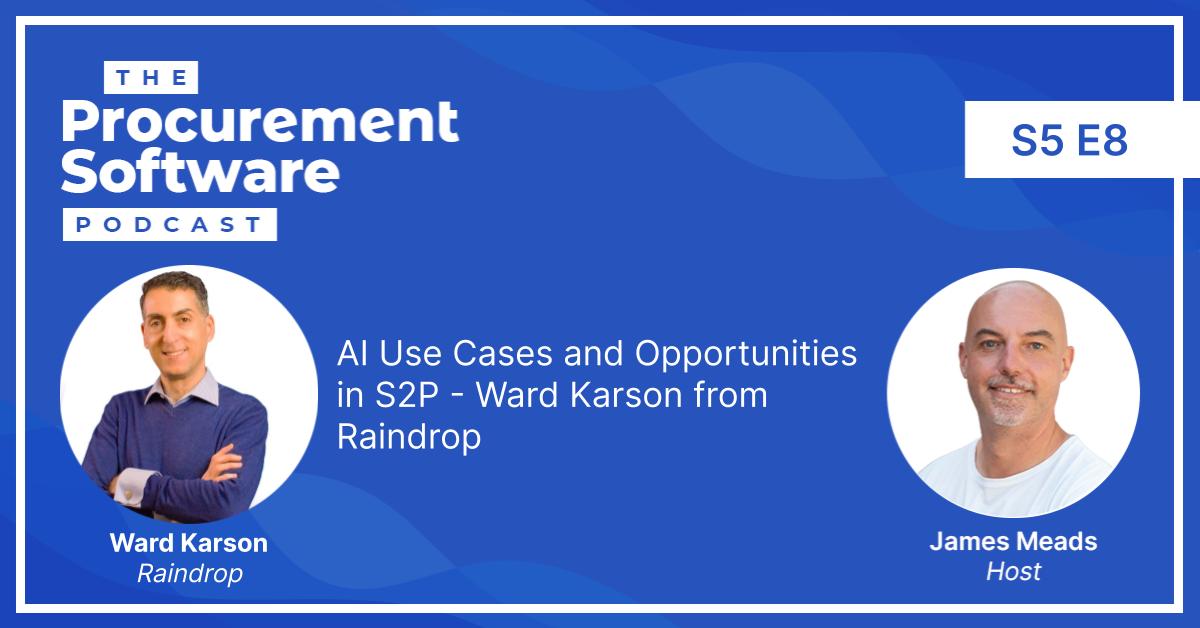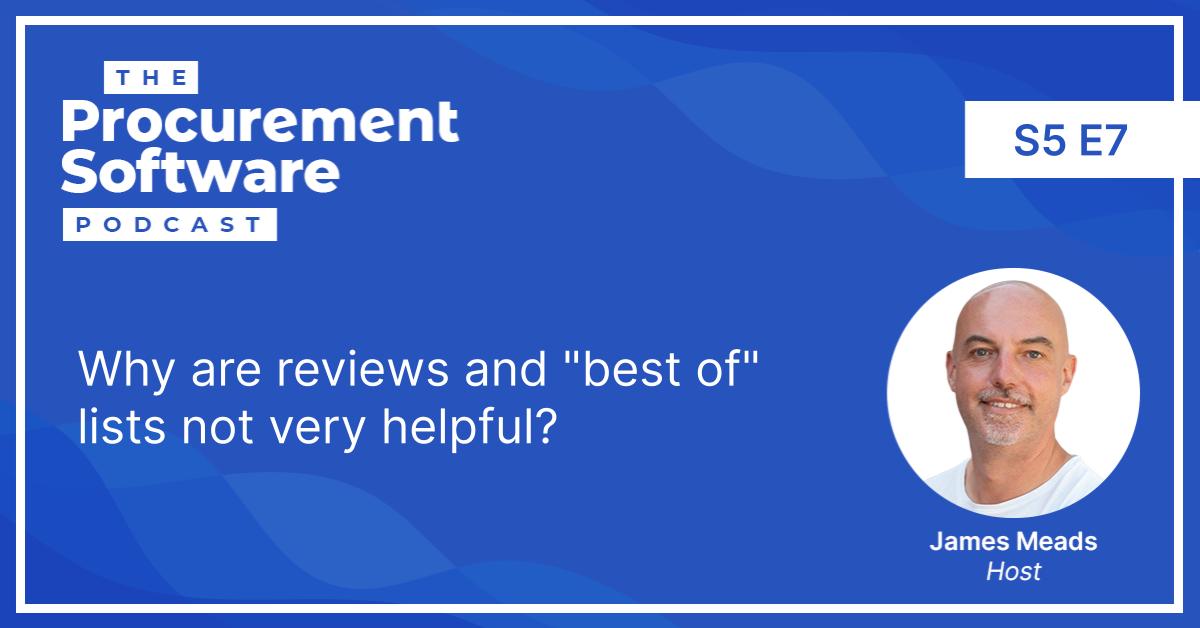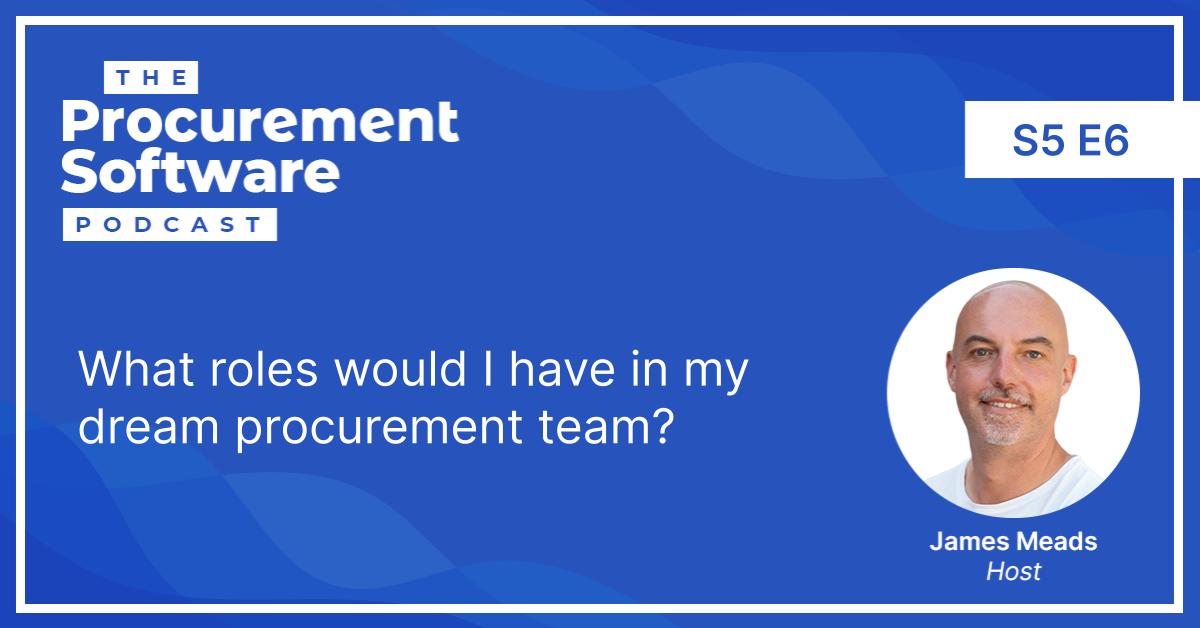On this week’s episode I get to talk to a well-known industry expert and dive into a subject many of you may be confused and excited about in equal measure.
Melissa Drew, Associate Partner at IBM is my guest to dive into the topic of use cases for AI in procurement applications. We tackle where we are, where we’re headed and what some of the opportunities and limitations could be for this technology in this space.
Use cases, opportunities and limitations of AI in Procurement
Melissa starts off by giving a quick whistle-stop tour of her career so far, which includes 27 years in the procurement space in one form or another.
I then begin by asking the question of whether AI and robots are about to take over our lives.
Are robots about to take over our jobs?
Melissa gives a very important definition that AI and cognitive technologies are actually different things, and that what we commonly refer to as AI in digital procurement terms is in fact what she would define as cognitive technologies.
The difference being, in the example she gives, that AI in driverless cars is constantly evolving and developing its behaviour as it learns from different scenarios that it is being exposed to. Whereas on the other hand, cognitive technology that’s often used in digital procurement technology is highly reliant on the human that is programming the algorithm telling the machine what it should actually do.
AI is only as intelligent as the human programming it
In order for outcomes to be representative, a human has to “teach” the models. Teaching the models can only be done by collecting data. But HOW we collect the data and from which sources obviously impacts the programming that is written around how the machine interprets this.
Melissa gives the example of Amazon’s CV screening algorithm that was unknowingly biased towards male candidates because of the way that it had been programmed based on the data it had been fed. Inadvertently, it had been shown more male applicants during its programming and as such had developed a bias towards male candidates.
What has contributed to improvements to AI over the past 20 years?
AI was originally used to augment human behaviour; to take things that we tactically need to do repetitively as a process and just do them faster and more accurately.
Synthesizing, cleaning and categorising complex procurement spend data used to take Melissa about 9 long weeks. Back in 2004, when she started applying AI to be leveraged for repetitive tasks in spend analysis and categorisation, it reduced this task from 9 weeks down to several hours. That’s the potential that AI has.
As Melissa explains, what has changed over the past few years is the infrastructure that organisations have to house the data, as well as the improved ability to be able to collect and process it all.
Why we still need humans to interpret and assess AI’s work
How do we ensure that we are collecting all of the right data? Are we using the right breadth of data. Why is AI making the decision or recommendation?
Humans still need to test the data and even then, there is the risk that they will potentially have biases because of their own preconceptions. It’s the same parallel we can draw to how reliable we as individuals perceive certain news and media outlets to be, when we consider our own political views and the assumptions we make around the media’s bias towards a certain political party or social issue, for example.
What questions should buyers be asking procurement software suppliers to determine their AI capabilities?
Seemingly every software company is using some kind of AI, regardless of the solution they are offering.
The AI is being used in multiple ways: so what EXACTLY is the software vendor using AI for and to what extent is this going to enable your procurement team to spend more time and focus on the activities that drive value?
Melissa highlights some of the key ways to determine whether the vendor is leveraging real AI to mimic how a human thinks and acts, versus whether it is just using a complex string of formulas to enable increased efficiency in performing repetitive or predictable tasks. Also the importance of where the data mapping is coming from and whether there are gaps to be able to supplement some of the gaps.
Melissa then explains the difference between machine learning and deep learning, and expands on this by saying it takes time to build, test, feed data into and validate that AI actually works. It doesn’t just happen overnight. Ultimately, a brand new startup that claims to have world class AI should be viewed with scepticism.
To best understand your negotiating potential and your importance to a software company in relation to their solution maturity, it’s important to get a grasp of to what extent they need your organisation’s data more than you need their solution. Asking the right questions around where they have gathered their data and to what extent it’s been tested is key to understand this relationship.
How will the procurement teams of the future work?
So, depending on to what extent you want to leverage AI, this may not result in it taking everyone’s jobs, but it could certainly end up with a scenario where more junior level, repetitive task roles are eliminated. Which then begs the question of how will future procurement organisations be made up?
Melissa and I both agree that we are at an important crossroads right now as we start to move away from being seen as a pure play cost savings function, and more of a versatile business partner.
Building relationships with fairly new functions such as Chief Data Officer and Chief Analytics Officer will be a key to ensure that procurement data is part of their roadmap and solutions enterprise-wide.
Also, the way we audit, evaluate and onboarding suppliers must become more agile if procurement teams are going to leverage the benefits of working with growth startups who are at the cutting edge of this technology, as opposed to a less innovative but “safe” established vendor.
We also touch on the future of category management and to what extent it will still maintain its relevance within a modern procurement department, and how one would go about building a greenfield strategic procurement team from scratch in today’s world.
Stay in Touch!
Connect with Melissa on LinkedIn
Sign up for the Procuretech Podcast Newsletter
Book an Intro Call and let’s talk all things Digital Procurement!


